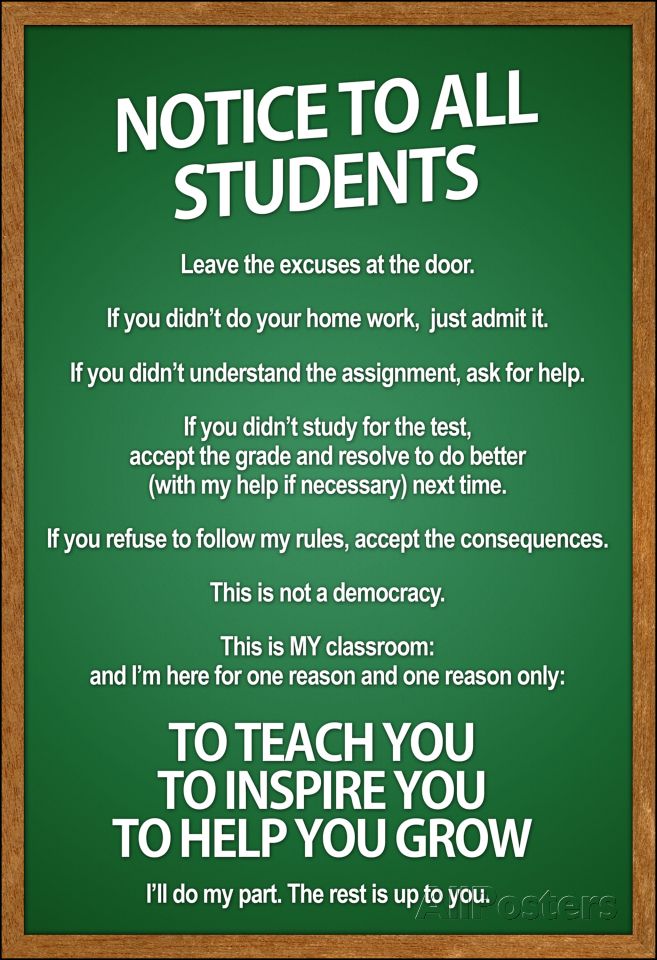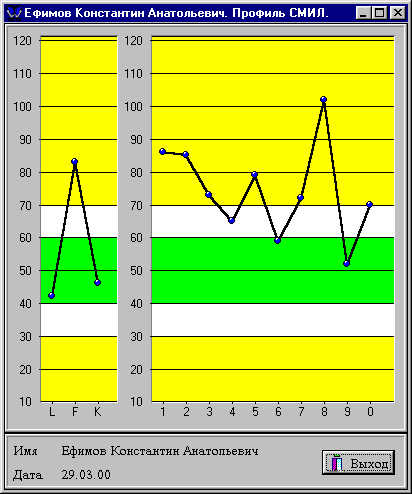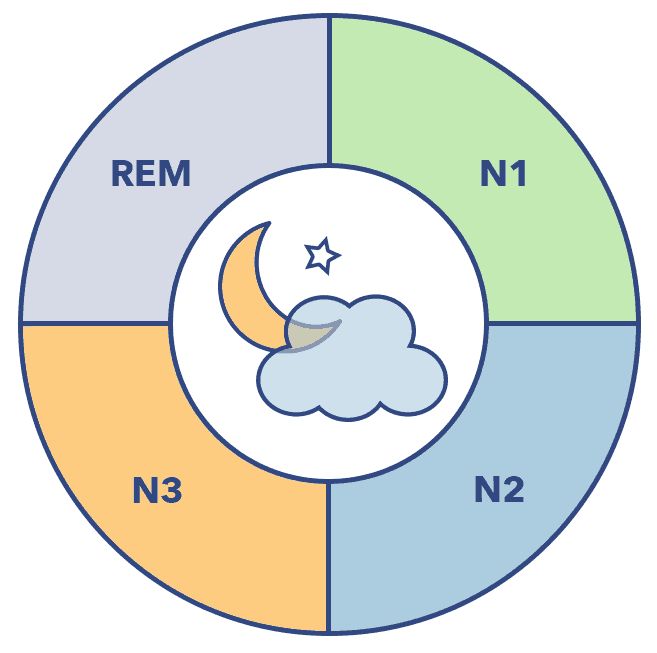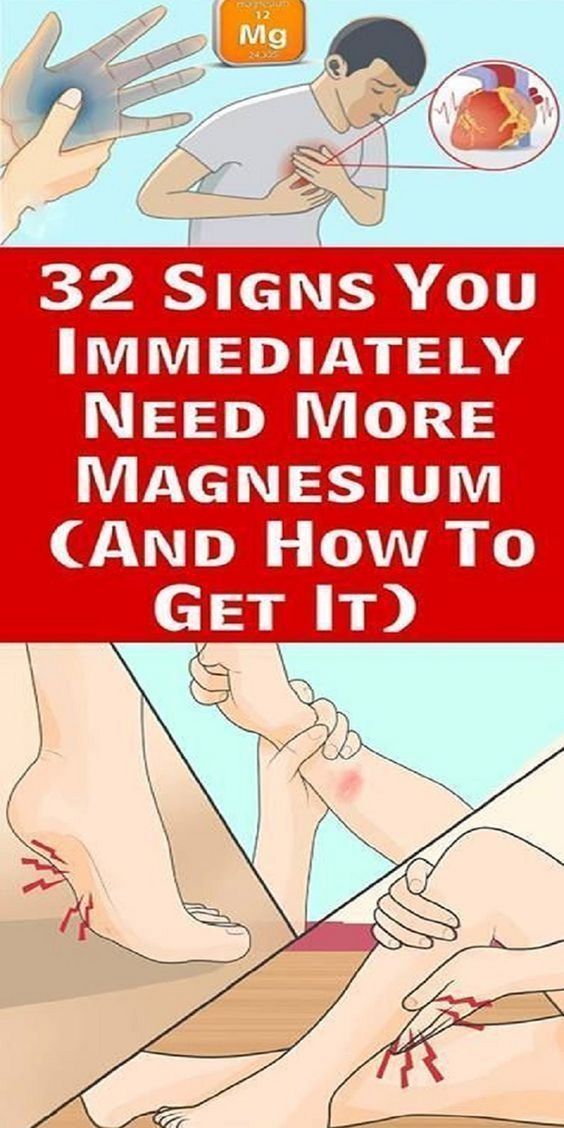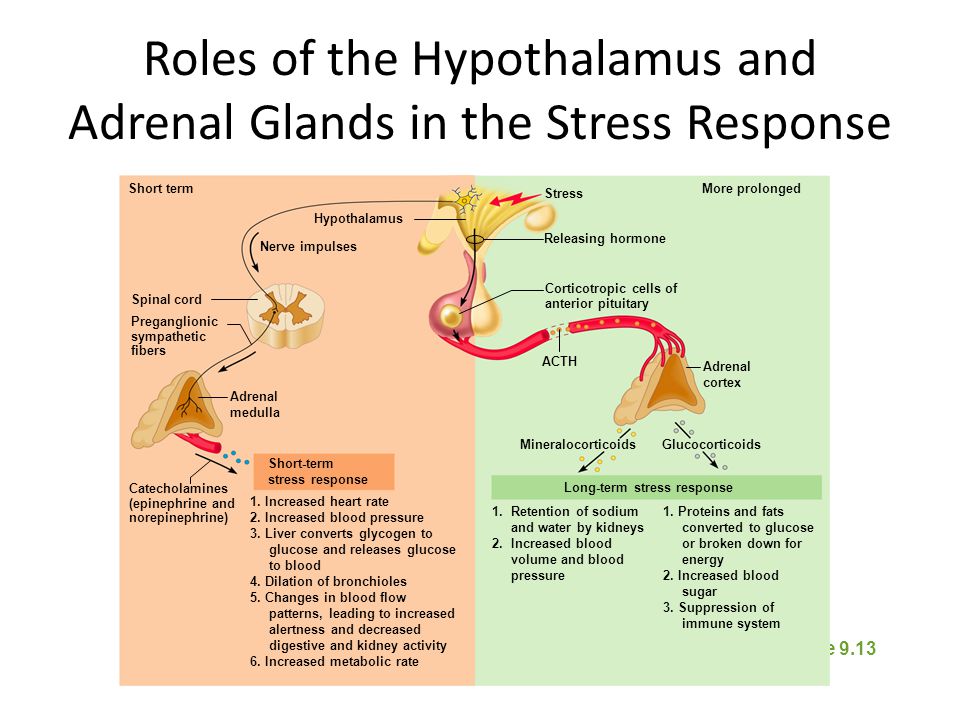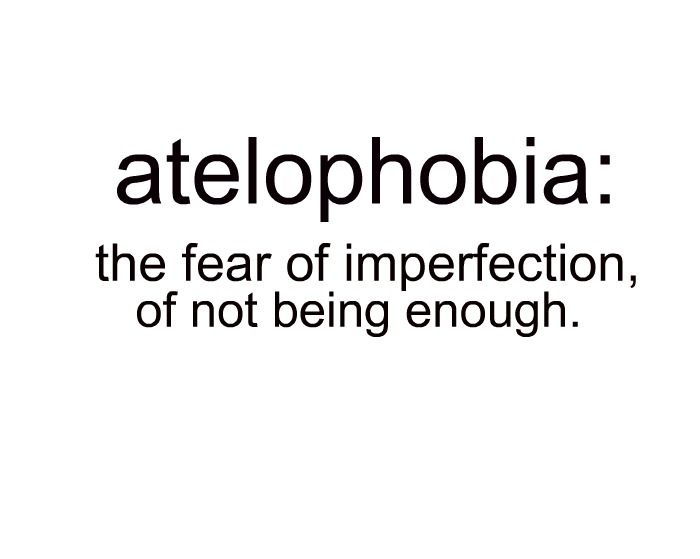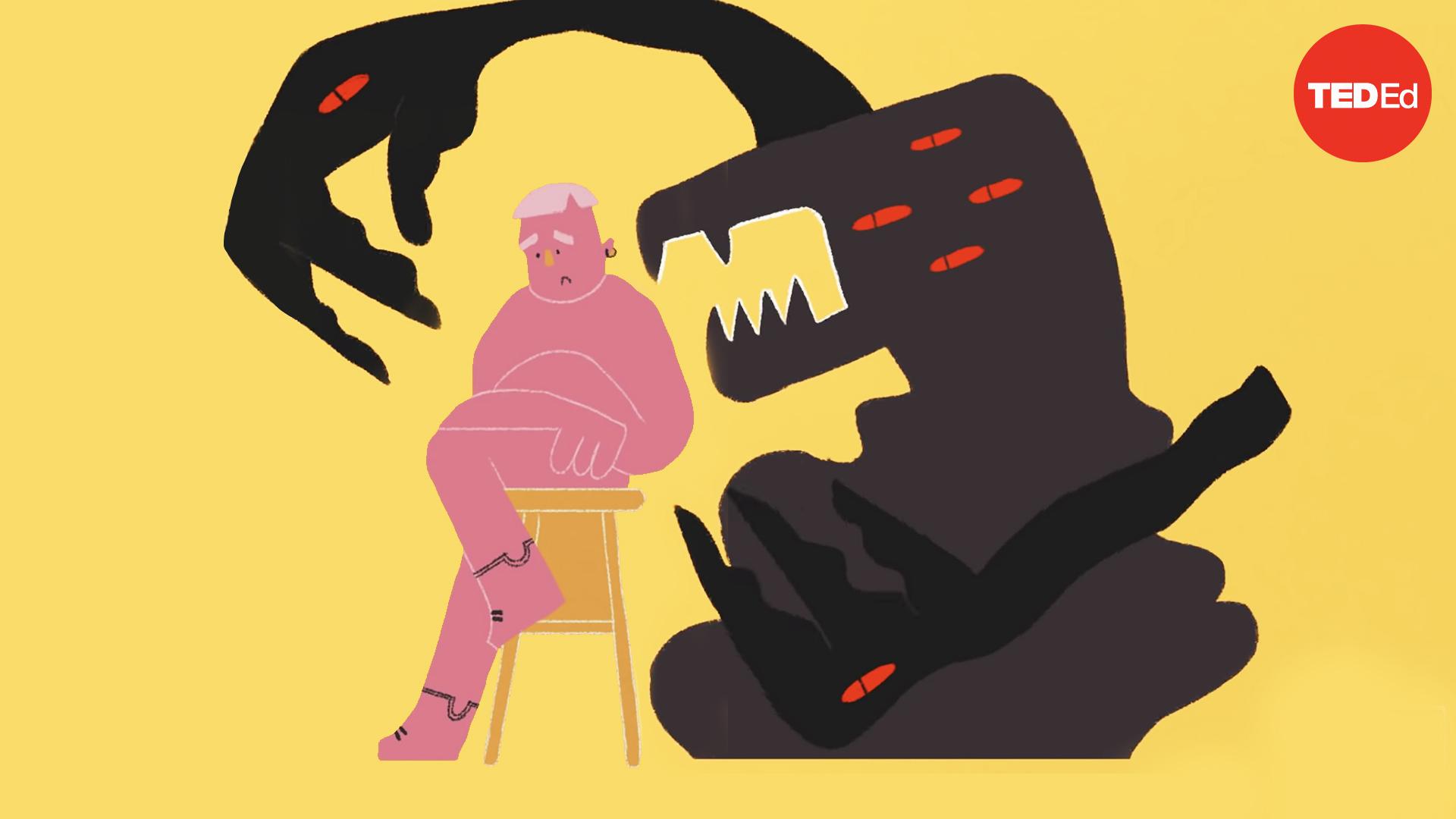Rules and consequences
How to Establish a Rules-and-Consequences System in the Classroom
This post was adapted from a larger lesson plan by Teach For America alum Rachel Wright.
A healthy rules and consequences system is essential in creating a culture of respect and academic achievement in the classroom. Before embarking on tackling your big learning goals for the year, your students need a chance to internalize rules and consequences, have a chance to see them illustrated or demonstrated, and understand why they’re necessary. Clearly articulated and practiced expectations will help you address behavior issues quickly and consistently so you can spend more time working with students to achieve academic goals. But where do you start? Read our guide to creating a rules and consequences system that sticks.
Outline Key Points
When introducing class rules and consequences to your students, first outline the key points that every student should know and understand by the end of the lesson, such as:
1. Classroom rules are important because they establish an environment of respect and academic achievement in our classroom.
2. When we follow rules, we are making good choices about our academic success and our lives. When we do not follow rules, we are making bad choices, and there will be consequences to help you continue on your progress toward your academic goals.
3. Your class rules are (sample rules detailed below): be prepared, show respect, be prompt, participate, and be responsible.
4. Your class consequences are (sample rules detailed below): a written warning, a teacher-conference warning, a seat move, a behavior/goal reflection with a call home to parent.
Sample rules and what they mean:
- Show respect: Follow classroom procedures and any directions given by the teacher. Listen when the teacher is talking or another student is asking a question. Treat other students as you would like to be treated.
- Be prepared: Come to class with your homework completed and have it out on your desk at the start.
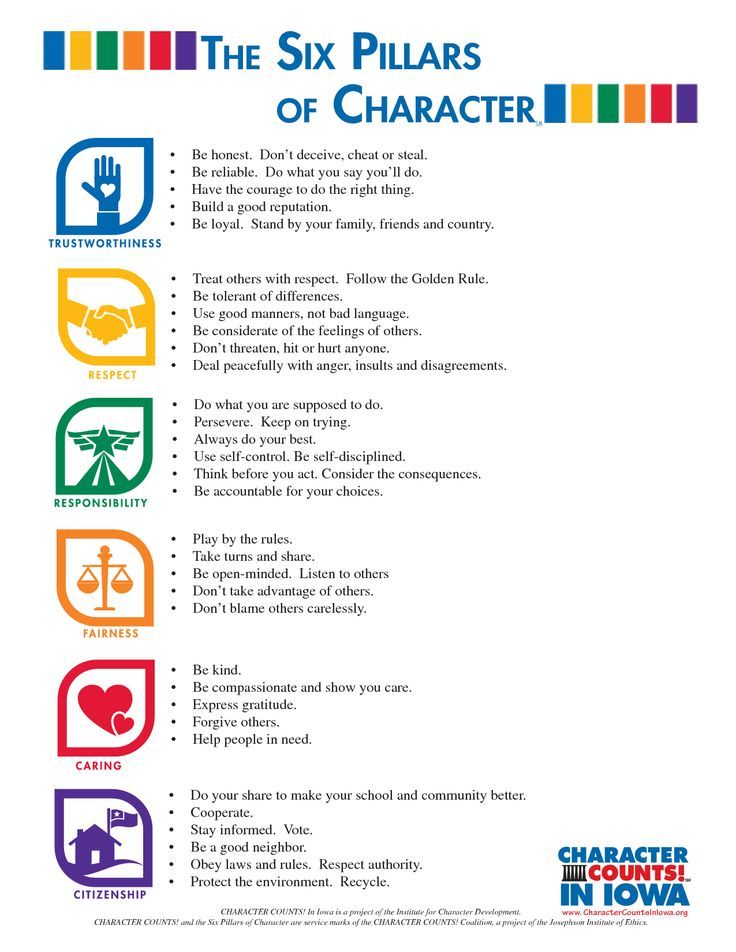 Bring a pencil and your binder with blank notebook paper each day. Study for tests and quizzes.
Bring a pencil and your binder with blank notebook paper each day. Study for tests and quizzes. - Be prompt: Arrive early. When class starts you must be in your seat with all of your materials out. Turn in all assignments when they are due
- Participate: Actively contribute when asked or during group work. To ask a question during instruction, raise your hand and wait to be called on.
- Be responsible: Make good choices. You are in charge of your academic success.
Sample consequences:
- First: A written warning on a blue post-it will be placed on a student’s desk.
- Second: An orange post-it will be placed over the blue, and verbal conference with the teacher will take place.
- Third: Student will be moved to the independent desk at the front of the room. This is because the student has demonstrated that he or she needs extra help to meet academic goals that day.
- Fourth
: Student will be assigned a take-home behavior reflection sheet, and the student’s parent/guardian will be called so they are aware.
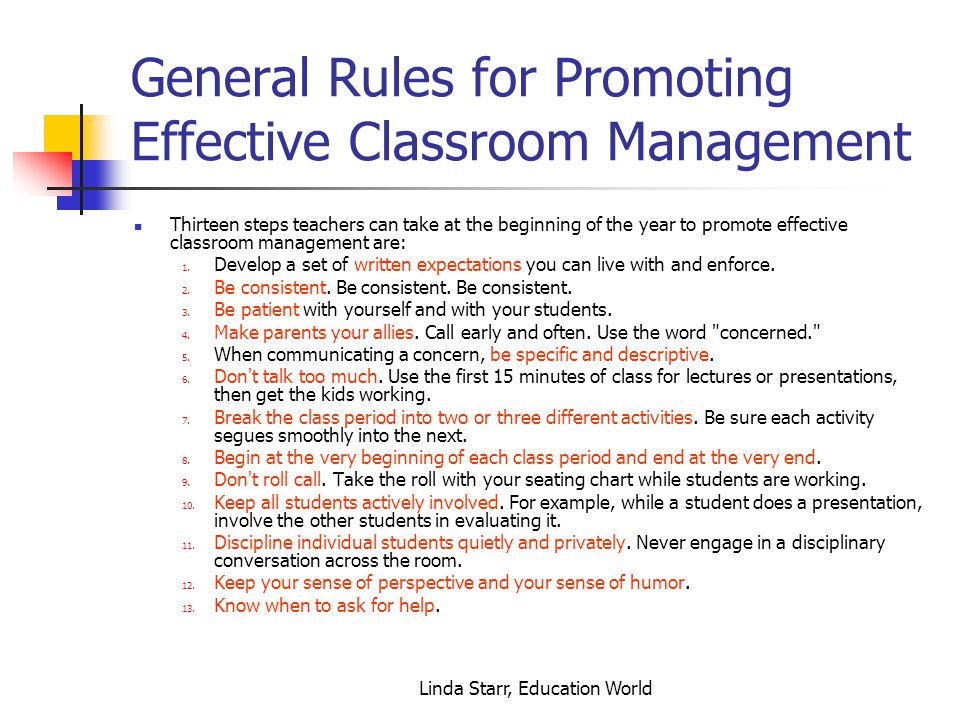
Communicate the What
Start your lesson by telling students exactly what you plan to do during the practice: that you will spend the next 20 minutes talking about and justifying classroom expectations and consequences, so they understand why you are enforcing them and don’t think that you are just being mean or unfair.
Communicate the Why
Explain that establishing a culture of respect and academic achievement in the classroom is the only way to reach their goals.
Communicate the How
Spend a few minutes doing a “looks like, sounds like” for your first rule, and then go through and explain each one of the rules and consequences. To ensure the information is accessible to all students, present the rules and consequences verbally as well as visually on poster displays. Consequences also may be acted out to engage all learners. Make time for questions to ensure everyone understands what is expected of them, and randomly call on students throughout to gauge their understanding (for example, “what might ‘be prepared’ mean?” or “what do you need each morning in order to be prepared?”).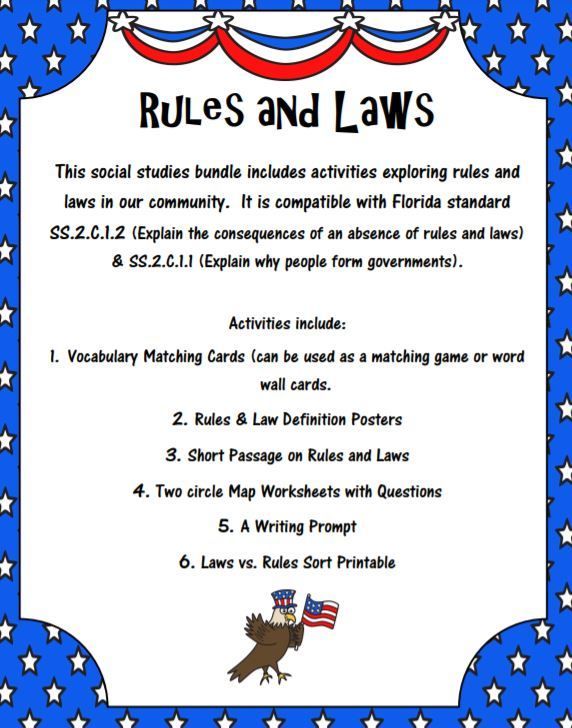 Finally, at the end of lesson, consider assigning a written project to assess students’ overall understanding.
Finally, at the end of lesson, consider assigning a written project to assess students’ overall understanding.
How else do you establish and communicate a rules and consequences system in your classroom? Tell us in the comments.
Classroom Rules and Consequences – Continually Learning
Classroom management consists of many things. Mainly, management revolves around classroom procedures. Another important aspect of classroom management is rules.
Now, rules in the classroom can be very specific (walk in the classroom) or more general (be respectful). No matter which type of rules fits you or your students best, you need to have some rules.
I have read many articles on classroom rules before I started teaching to try to get it right. I have read that you shouldn’t use rules that are negative (no running in the classroom). Or you should only have a max of 5 rules.
Ultimately, the best classroom rules are the rules that work for your own classroom and your own students.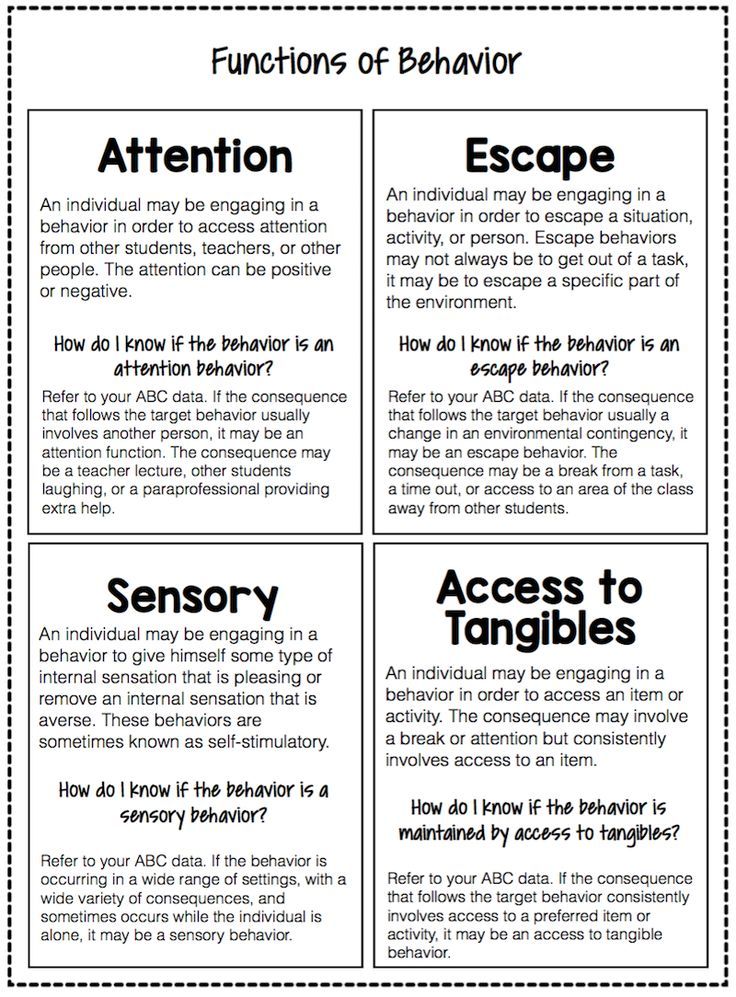 Look at your personality and what type of teacher you are when creating the rules. Whatever is best for you is best for your classroom. You need to work in an environment that is enjoyable for you.
Look at your personality and what type of teacher you are when creating the rules. Whatever is best for you is best for your classroom. You need to work in an environment that is enjoyable for you.
In this post, I will explain what rules are, who should make the rules, what your rules should be, and what kind of consequences might work for you.
What are rules?
I explain at the very beginning of the year that I have rules in my classroom and I also have classroom procedures. I very specifically teach my students the difference between the two.
Classroom rules must be followed in my classroom and if they are not, there will be a consequence. A rule is an expectation that will not be lowered. I expect all students to accept and follow my rules. I also explain to them that I follow the rules as well.
What if a student chooses to break a rule?
I explain to the students that breaking a rule is a choice they make, not an accident. I also explain that I realize they may break the rules from time to time, but I want to fix these problems so it doesn’t happen again. They will have a consequence if they break a rule. I will go in more detail of my consequences later in this post. Also, make sure you check out our post on creative consequences you can use in the classroom.
They will have a consequence if they break a rule. I will go in more detail of my consequences later in this post. Also, make sure you check out our post on creative consequences you can use in the classroom.
What are procedures?
Classroom procedures are a way that we do things in the classroom. These include stuff like walking quietly in the hallway, using hand signals, raising your hand in class, etc. Classroom procedures help us have an orderly classroom, they help students become more productive and successful, and they help students learn more! These classroom procedures must be followed. I teach and model the procedures correctly at the beginning of the year. I make sure my students know my expectations. Check out my posts on classroom procedures and the first days of school if you want to learn more about these in detail.
What if a student does not follow a classroom procedure?
I explain that sometimes you may forget a classroom procedure in the first couple weeks of school.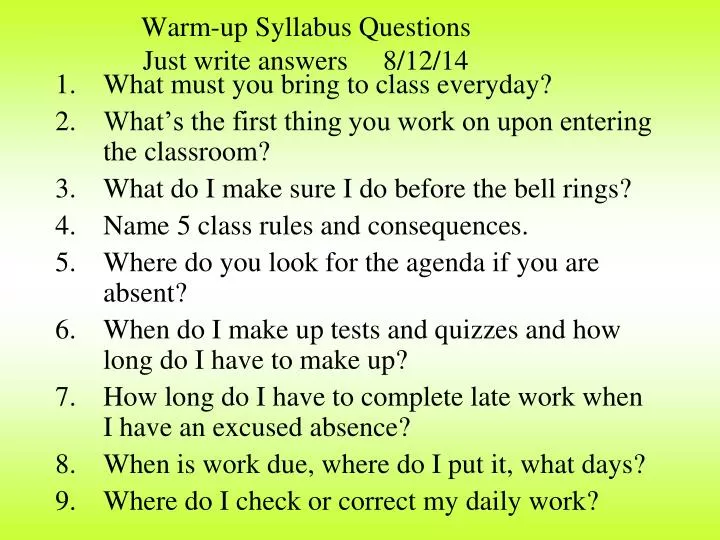 I tell them I will give them a few weeks to practice and get the hang of all procedures. After that, if they choose to not follow a classroom procedure, they will practice it at recess. I have retraining slips for students. If they don’t follow a procedure correctly, I will mark which procedure and they will practice it at recess. This will not take a long time, usually 1 to 5 minutes. For example, if a student didn’t follow walking quietly in the hallway, they would practice at recess. If they didn’t respond correctly to the quiet signal, they would practice at recess.
I tell them I will give them a few weeks to practice and get the hang of all procedures. After that, if they choose to not follow a classroom procedure, they will practice it at recess. I have retraining slips for students. If they don’t follow a procedure correctly, I will mark which procedure and they will practice it at recess. This will not take a long time, usually 1 to 5 minutes. For example, if a student didn’t follow walking quietly in the hallway, they would practice at recess. If they didn’t respond correctly to the quiet signal, they would practice at recess.
Who should make the rules?
There are many different styles of teaching. You can be student centered, meaning the students create the rules. You can be teacher centered, meaning the teacher makes the rules. Or you can combine these and both student and teacher works on making the rules.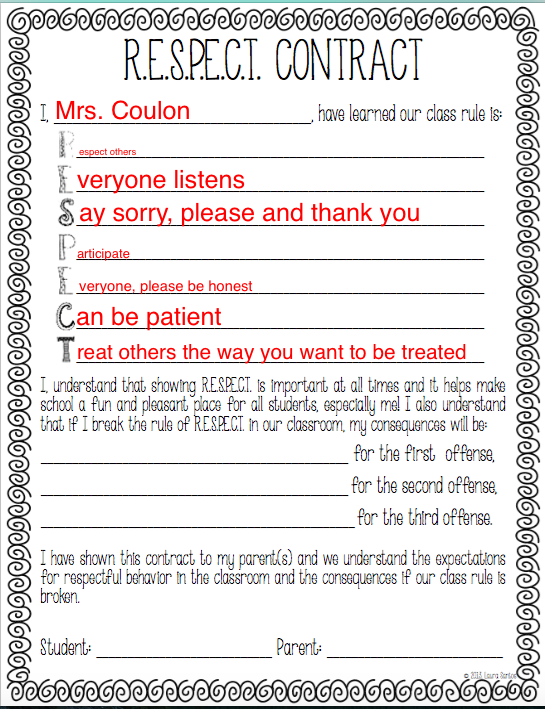 You can ultimately choose whatever works well for your personality.
You can ultimately choose whatever works well for your personality.
In my opinion, I think making the classroom rules myself is the best. I am taking control of my own classroom and I make sure students know I am in control. This does not mean I don’t let students make decisions. I actually do believe in student choice, but I give students more choice on what reading station they want to do or where they work best in the classroom for silent reading. I make the rules and I make the consequences. Also, I make sure the students know this and I follow through with what I tell them.
If you allow the students to make the rules, the rules will usually be negative or very specific. This may be okay with you, just make sure you realize what you are getting yourself into.
Ultimately, whatever works well for you is best. However you decide to make the rules is fine, but after they are made, you just need to make sure they are followed.
What should my rules be?
This is really up to you, the teacher.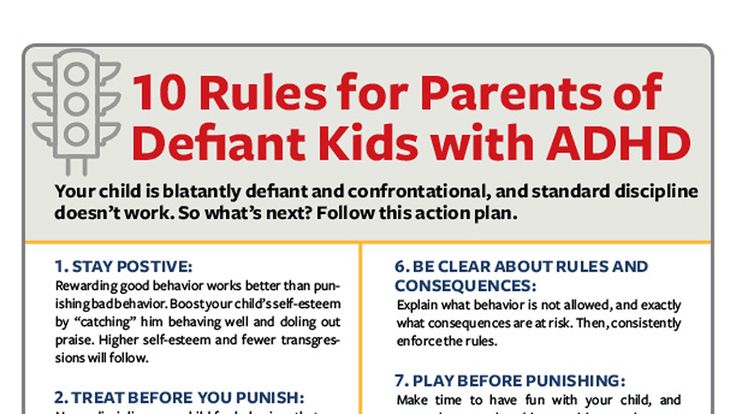 Like I said earlier, I have read multiple articles about classroom rules. I have read about general and specific rules. Rules in the classroom can be very specific (walk in the classroom) or more general (be respectful). I have also read that you shouldn’t use rules that are negative (no running in the classroom) or you should only have a max of 5 rules.
Like I said earlier, I have read multiple articles about classroom rules. I have read about general and specific rules. Rules in the classroom can be very specific (walk in the classroom) or more general (be respectful). I have also read that you shouldn’t use rules that are negative (no running in the classroom) or you should only have a max of 5 rules.
In my experience, I have found that 4 more general rules work best for me. I like having 4 general rules because it usually encompasses all the behavior problems you are going to experience in your classroom. This way, any misbehavior can be a rule violation and receive a consequence.
This is the list of classroom rules that I use in my classroom. I display these rules in my first days of school PowerPoint. I explain what these rules mean and I also point out that I follow these rules too.
- Be Respectful to yourself, others, teachers, and staff by using manners. Treat others the way you want to be treated.
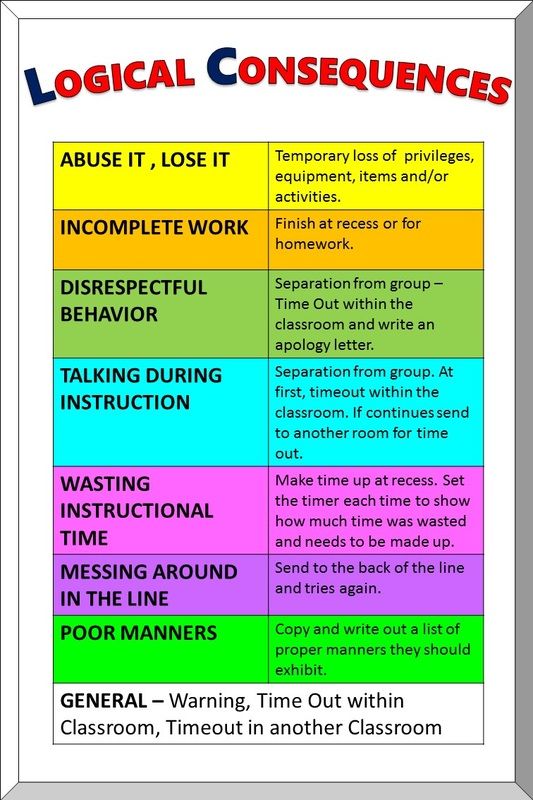 (I will respect you)
(I will respect you)
- Be Responsible for your own learning by being prepared to learn. Take care of your personal and school belongings. (I am responsible for preparing a positive learning environment)
- Be Kind to others and caring towards classmates and teachers. (I will be kind to each of you)
- Be a Worker by doing your best in every situation. (I will give my best to you)
Some other general rules to use:
- Act Appropriately
- Be Prepared
- Do Your Best
- Display your classroom rules in your classroom for all students to see.
- Display the consequences in your classroom.
Consequences
My first year of teaching, I did not have a specific guideline for breaking a rule. I re-evaluated this my second year of teaching and came up with a system of consequences for breaking rules. This system is easy to follow.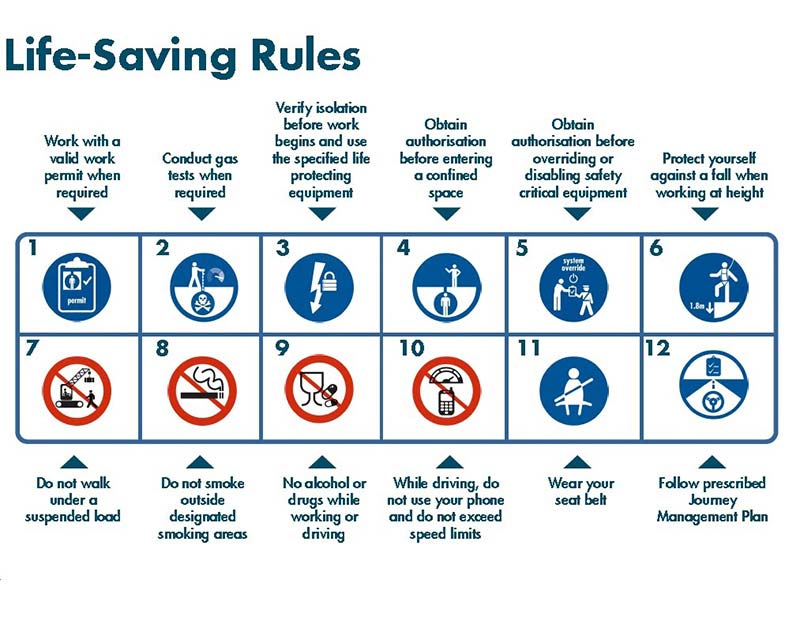 Each time a student breaks a rule, I follow this system. This keeps punishments fair in the classroom. I treat every student equally. Whether they break the rule once or twice, they get the same consequences each time. This system starts over each day. So if they break a rule twice in one day, the next day is a fresh start.
Each time a student breaks a rule, I follow this system. This keeps punishments fair in the classroom. I treat every student equally. Whether they break the rule once or twice, they get the same consequences each time. This system starts over each day. So if they break a rule twice in one day, the next day is a fresh start.
First time a student breaks a rule: Verbal Warning
I tell the students I will specifically say, “Josh this is your verbal warning,” whenever a student breaks a rule. This way they know they have broken a rule and have been warned to stop.
Second time a student breaks a rule: Name on board, 5 minutes of recess, Meeting with me
By this time, the student has already broken one rule and got a warning. If it happens again, they will owe me 5 minutes of their recess. I normally just have the students walk during recess for whatever amount of time they owe me. I also put their name on the board, so they remember they owe recess time and I remember. I also will have a short talk with them after they walk their time at recess about the behavior and how they can fix it in the future.
I also will have a short talk with them after they walk their time at recess about the behavior and how they can fix it in the future.
Third time a student breaks a rule: Check by name, 10 minutes of recess, Meeting with me
The student’s name is already on the board, so I will put a check mark by it to know they owe more time. They will need to walk 10 minutes at recess. I will also have a meeting with them about their behavior.
Fourth time a student breaks a rule: 10 minutes of recess, Action Plan, Call to parents
Most students never get to this point, but if there really is a behavior problem that gets to this point in ONE day, most likely I will need to call the parents. I also have made Action Plans for the students to fill out.
The Action Plan includes the students to write what the problem is (what rule was broken), what is causing the problem, and then what their plan is to solve this problem. I will require the student and parent to sign this.
Fifth time a student breaks a rule: Sent to the office
If a student ever gets to this point in one day, they usually need to be removed from the classroom. I will send this student to the office to talk to the principal or counselor.
More than likely students will not get to this point. Also, try not to make a habit of sending students to the office. Principals don’t appreciate seeing your students constantly. Instead, I use this as a last resort. Students also really do not want this option.
Severe Disruption: Sent immediately to the office
This includes a student that is disrupting the class so much that I can no longer teach or the student is physically fighting.
Other Consequences:
If a student gets to three strikes two days in a row, I will require the student to complete an Action Plan, because there is obviously a problem if this keeps happening.
If a student receives two action plans in one week and I see no improvement, the student will be sent to the office.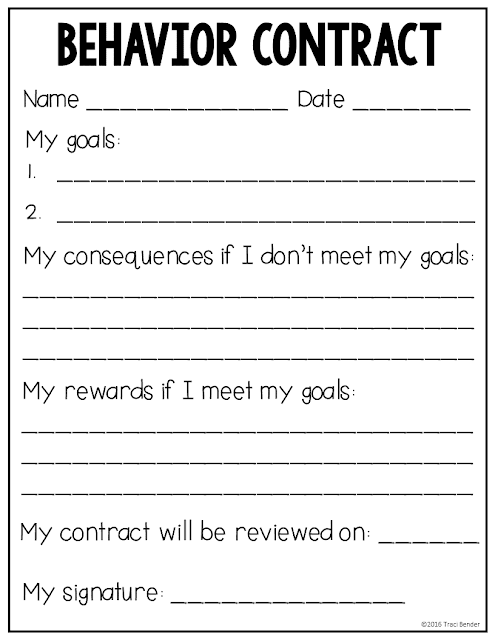
I usually do not need all these consequences, most students only get to about two or three strikes and then they fix their behavior. You will have students that constantly push you and you may need to have all these in place. At the beginning of the year, I go over each consequence and I make sure the students realize I am serious and I will follow through. This just helps to set up some respect in my classroom.
I hope these classroom rules and consequences help you in your classroom. Classroom Management is so important to make sure your classroom runs smoothly and you can teach as much as you can. Having rules and consequences helps you gain control of your classroom and the students know the expectations and how to behave.
Thank you for Continually Learning with us!
Kyle and Sarah
15 rules for safe behavior on the Internet - Ucheba.
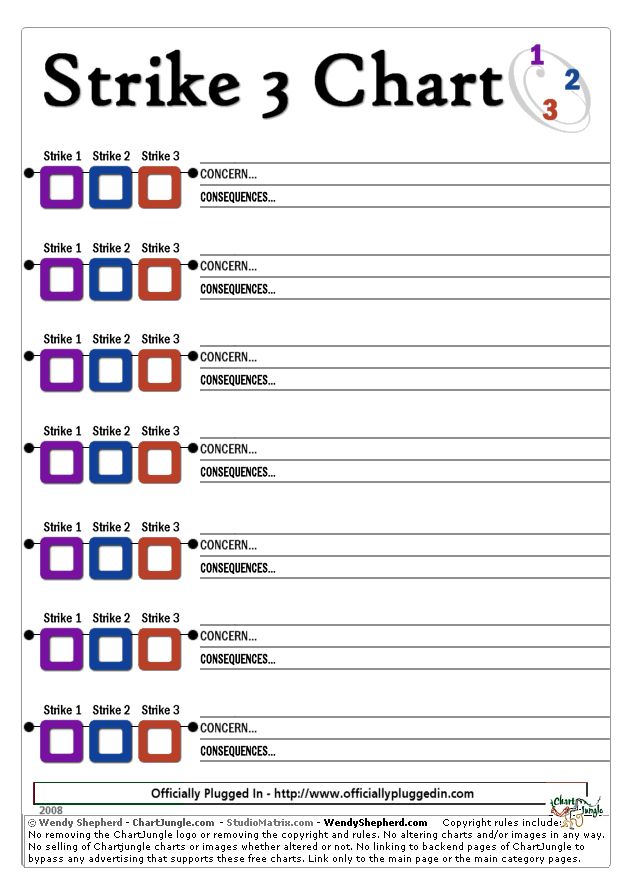 ru
ru safe behavior on the Internet
safe behavior on the Internet
Is it always safe for a child to use the Internet?
Experts say that in this sense the virtual world is no different from the real one: there are also peers who bully, bad companies, maniacs and scammers. Little children are not allowed to go out alone, and teenagers are always found out where they are, with whom, what they do and when they will be at home. The same level of care is needed on the Web. The only difference is that parents have a good idea of what is happening on the street, but the traps that you can fall into on the Internet are many have not yet been fully studied. And yet, a child cannot be kept locked up without letting it out of the door, not to the Net.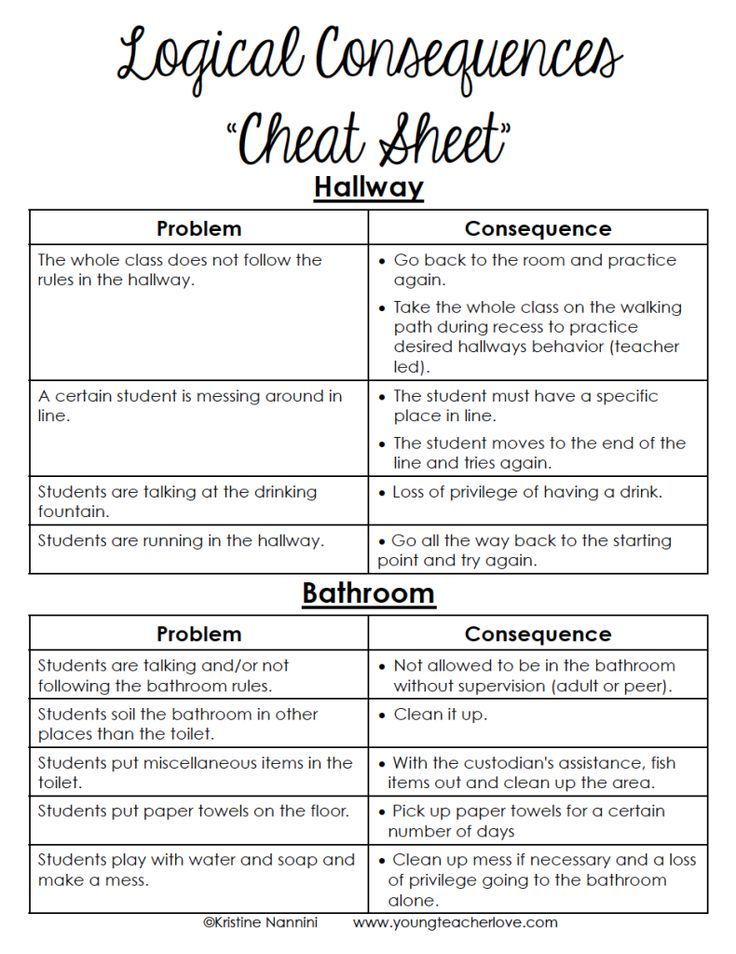
In the information space, we often have to enter our data: Name, address, date of birth, document numbers. Is it safe?
In the information space, we often have to enter our data: Name, address, date of birth, document numbers. Is it safe?
Personal data (name, surname, address, date of birth, document numbers) can only be entered on government sites or ticketing sites. And only if the connection is established via the https protocol. A green lock icon should appear to the left of the site address - this means the connection is secure.
It is unlikely that the child will need to register on government websites, but even if it is needed, it must be done in any case under the guidance of parents.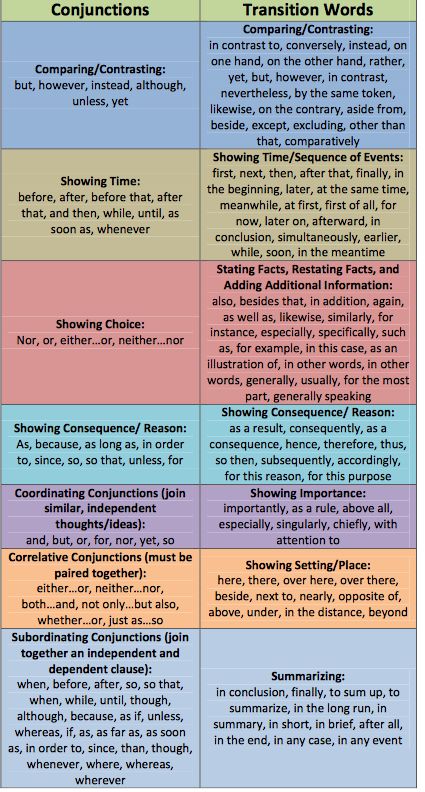 It is important to remember that in no case should data of any documents and bank cards be transmitted over the Network. Even (and even more so) if someone asks about it, tries to convince that a critical situation has arisen, hurries and repeats that you need to urgently send information.
It is important to remember that in no case should data of any documents and bank cards be transmitted over the Network. Even (and even more so) if someone asks about it, tries to convince that a critical situation has arisen, hurries and repeats that you need to urgently send information.
If this situation arises, the child should immediately contact the parents. If he is told that he must not tell anyone anything, and is frightened with unpleasant consequences, all the more urgent to tell the family about everything. Intimidation and attempts at all costs to obtain information indicate that that you are scammers.
Creating your profile in social networks, attachment to the "physical" world should be avoided as much as possible.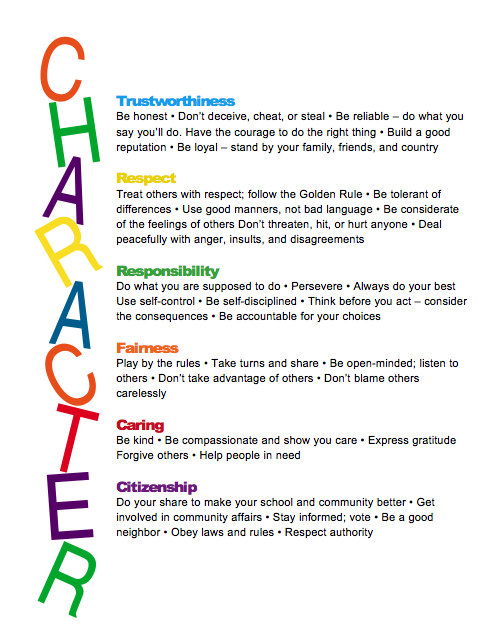
Creating your profile in social networks, attachment to the "physical" world should be avoided as much as possible.
You can not indicate your address, date of birth, school, class. It is better to use an obvious alias: it should be clear from it that this is not a real name (after all, use false data: "Aleksey" instead of "Alexander" - according to the rules of social networks is prohibited).
You do not need to put your photo on your avatar if you are not at least 15-16 years old. All children and teenagers under this age risk becoming a victim of an attacker by posting their photo.
There are several major dangers that you may encounter on the Internet. By and large, they differ little from those that threaten us in real life.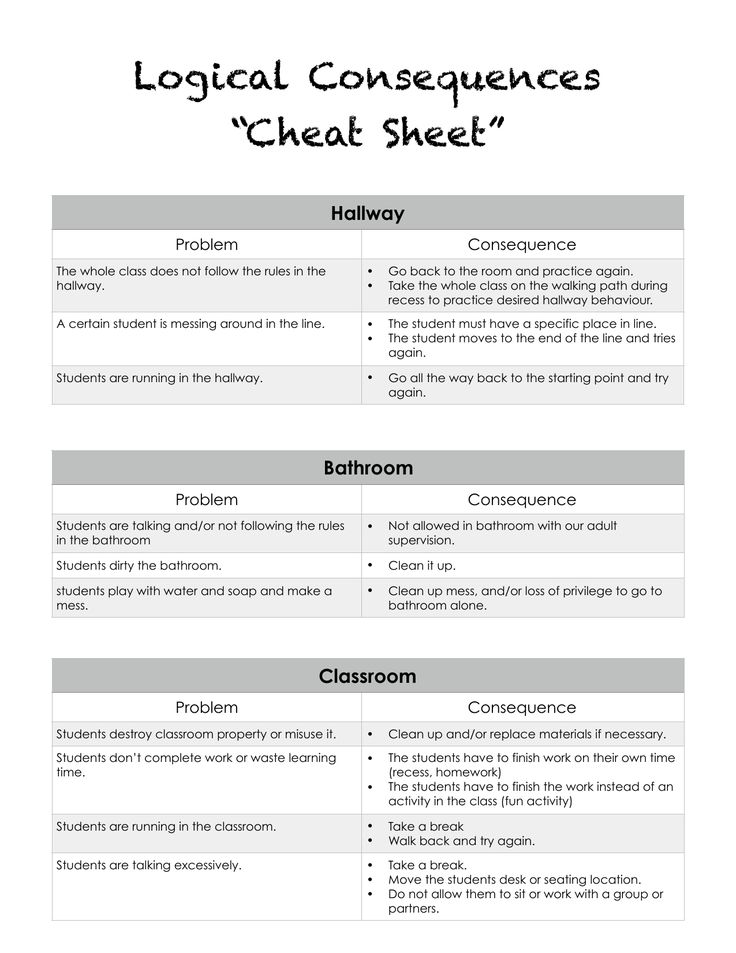 Attackers here simply use other means.
Attackers here simply use other means.
There are several major dangers that you may encounter on the Internet. By and large, they differ little from those that threaten us in real life. Attackers here simply use other means.
Bullying. A child is called names or bullied on the Internet - most often for no reason, "because it's so much fun". The victim can be attached because of the photo in a profile or because of a post on social networks.
Pedophiles. Please send personal photos and if they refuse, they threaten with reprisals against family members or blackmail them in other ways.
Fraudsters. They try to get hold of the user's data or drag the child into a dangerous financial adventure.
The primary defense against all these threats is privacy. You can't post your photos online. You should limit access to information about all aspects of your life, whether online or offline. You can report them only to trusted people: relatives, friends and people who know you personally, not over the Internet.
You can't post your photos online. You should limit access to information about all aspects of your life, whether online or offline. You can report them only to trusted people: relatives, friends and people who know you personally, not over the Internet.
Those who are trying to hurt and offend you somehow (the so-called trolls) should simply be ignored.
What should I pay attention to before entering into a dialogue? What signals danger?
What should you pay attention to before entering into a dialogue? What signals danger?
-
You don't know this person in real life.
-
Your interlocutor is clearly older than you.
-
He has no or very few friends on the social network.
-
The interlocutor asks for something: take a picture, send some data, etc.
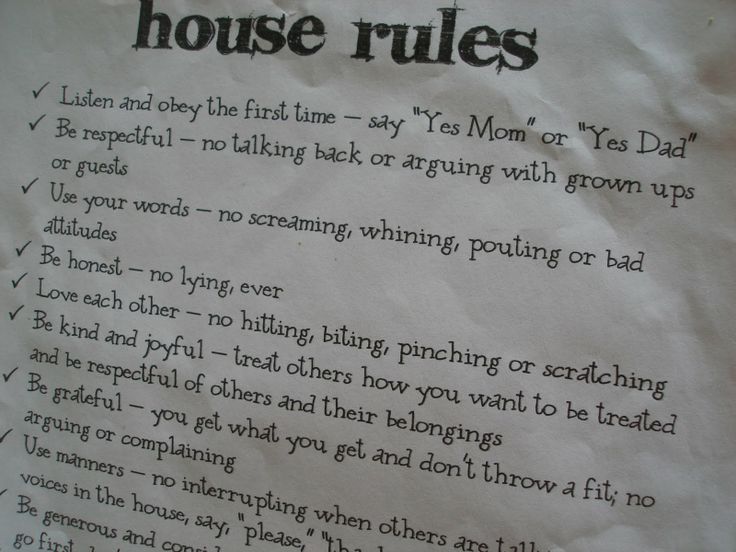
The rules for publishing your own photos are very simple - if you do not want them to become public, you cannot post them on the Internet and send someone with his help. Generally. Even instant messengers "can" copy correspondence to the "cloud", so you can lose control of your shots.
The rules for posting your own photos are very simple — if you do not want them to become public, you cannot post them on the Internet and send someone with his help. Generally. Even instant messengers "can" copy correspondence to the "cloud", so you can lose control of your shots.
If something was sent somewhere or published somewhere, it went to the Web. It is important to remember that in no case should you post photos of documents - your own or someone else's.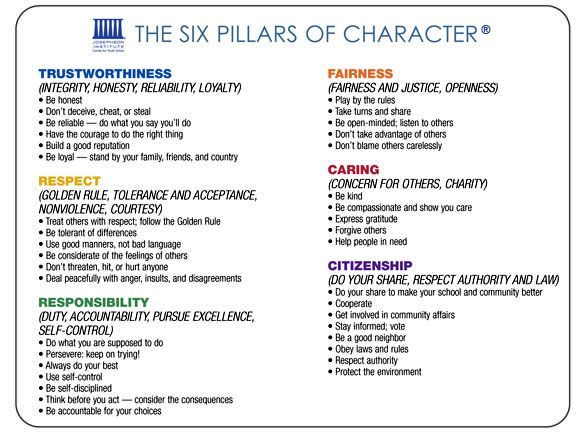 And photos of other people should be posted only if they agree to it.
And photos of other people should be posted only if they agree to it.
The bad news is that nothing can be deleted.
The bad news is that nothing can be deleted.
Everything that got into the Network or even into a smartphone will remain there forever. As a rule, it is impossible to erase data from the Network. The only way to avoid leaking information is not to share it.
Geolocation data lets the whole world know where do you live and study, spend your free time, what promotions do you participate in, what shows and love performances, how you relax. Tracking a person's location is now easy.
Location data lets the world know where you live and study, spend your free time, what promotions you participate in, what shows and performances you like, how you relax.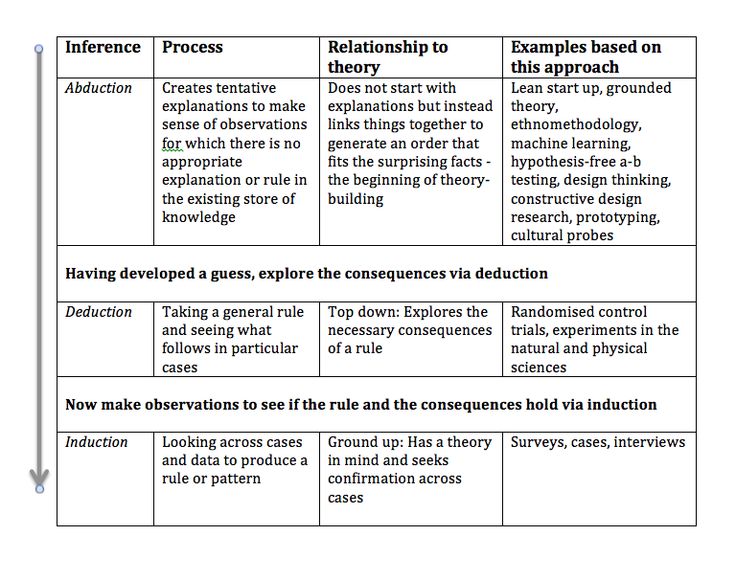 Tracking a person's location is now easy.
Tracking a person's location is now easy.
For a child, this can be a great danger. But you cannot completely turn off geolocation on a child's phone. It is useful for parents to use special programs to know where the child is.
To make geolocation as safe as possible, you need to make sure that so that the location is not displayed on "searchable" objects - especially in photographs. On phones, in the camera settings, as a rule, you can disable geotagging.
There are security rules not only in social networks and instant messengers. All major threats can also come from online games.
There are security rules not only in social networks and instant messengers. All major threats can also come from online games.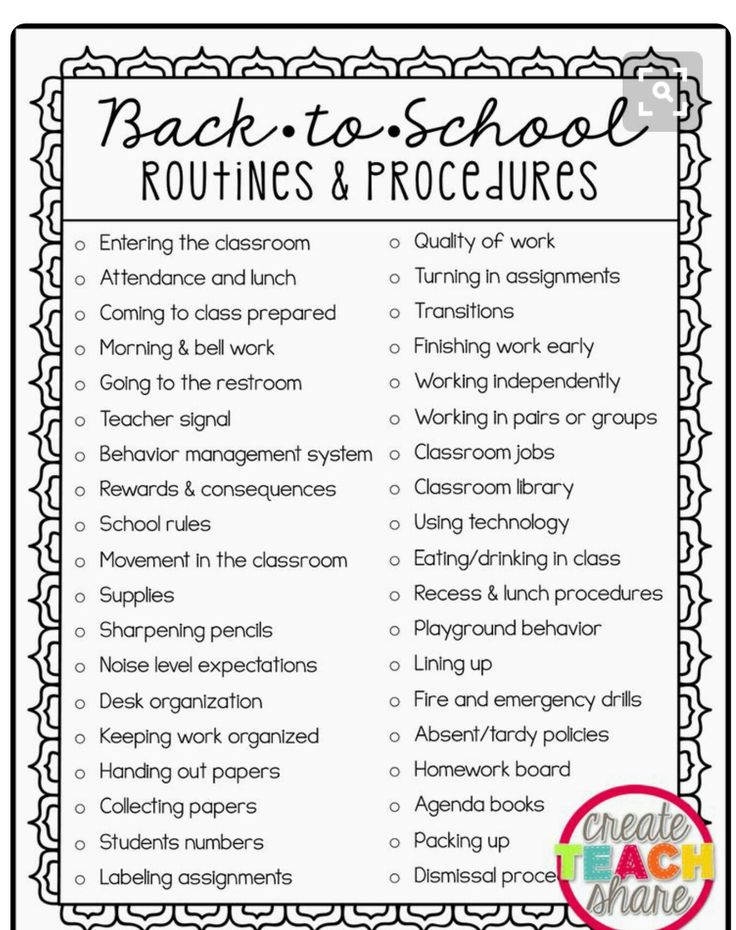
There, the child is even more vulnerable, because it is easier to manipulate him: game objects, team membership, in-game social connections — all this can become a manipulation mechanism for scammers, pedophiles or even recruiters of various extremist groups. That is why you need to be especially careful in the game.
Phishing is a way to lure a person out of his data: login, account name and password.
Phishing is a way to lure a person out of his data: login, account name and password.
It happens like this: the user is sent a link to the site, very similar to the real address of the mail service or social network. As a rule, phishers specifically buy such domains. For example, for mail.ru it could be “meil.ru”, and for vk.com it could be “vk-com.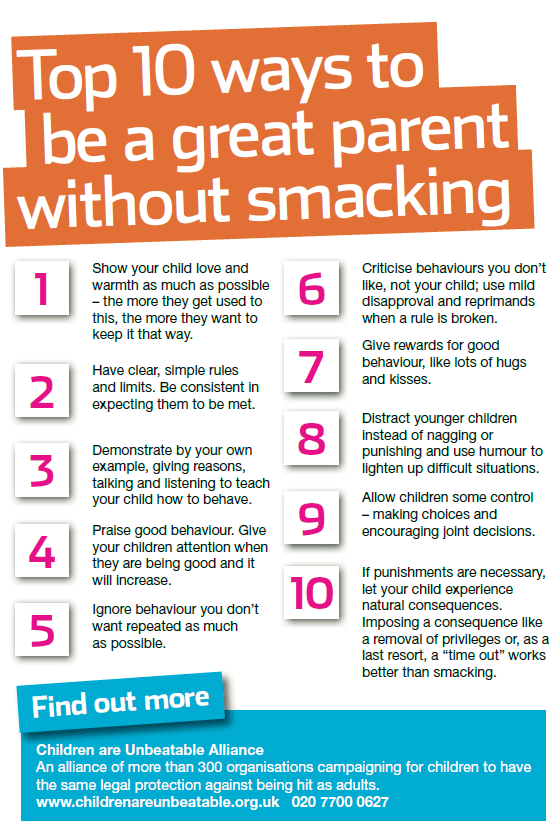 com”.
com”.
The attacker is waiting for a person to enter a username or password on a fake site. So he learns the data, and then uses them to enter the real profile of his victim.
Can I use services that save passwords? If the profile contains really important information, then, alas, no. Why?
Can I use services that save passwords? If the profile contains really important information, then, alas, no. Why?
-
This is convenient, but online password storage services are unreliable.
They are often hacked and user passwords are copied from there. -
Most often, the victims learn about it only after some time, if they even know.
-
Quite often, such sites and services are created by scammers specifically to to collect passwords.
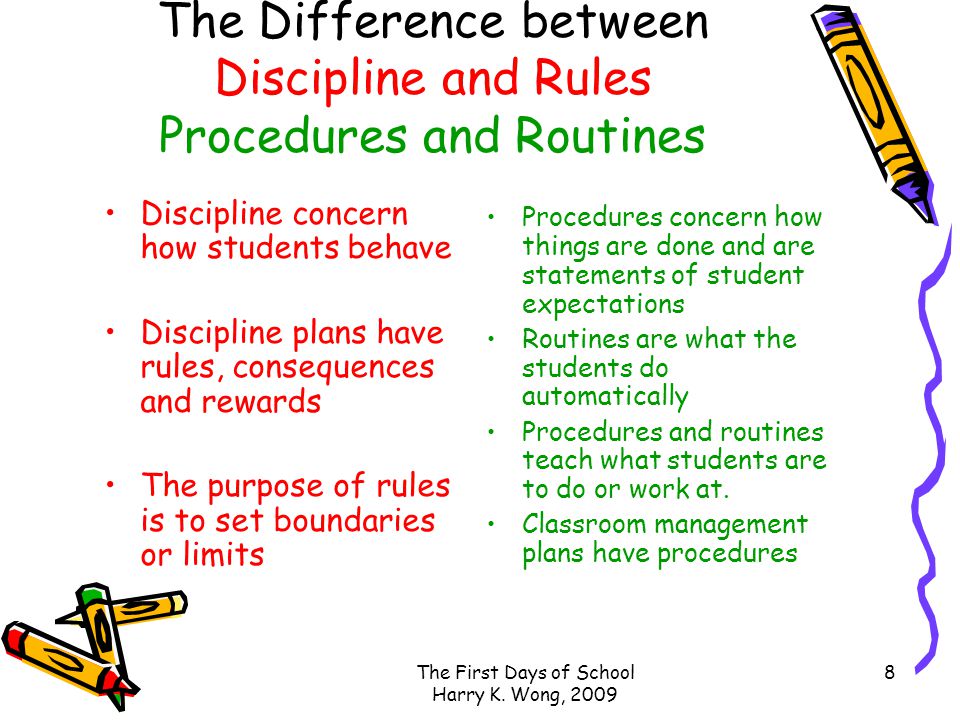
Passwords must be unique. Numbers and special characters greatly complicate the selection process. It is safer to enter social networks, messengers and mail through applications, but entering passwords in browsers should be avoided. All apps must be installed by, or under the supervision of, parents.
The main rule of online shopping is: the child's access to money should be limited and be under parental control.
The main rule of online shopping is: the child's access to money should be limited and be under parental control.
The main financial losses usually occur through the phone. It is necessary to connect paid content blocking services, do not put a lot of money to the children's phone account and control expenses.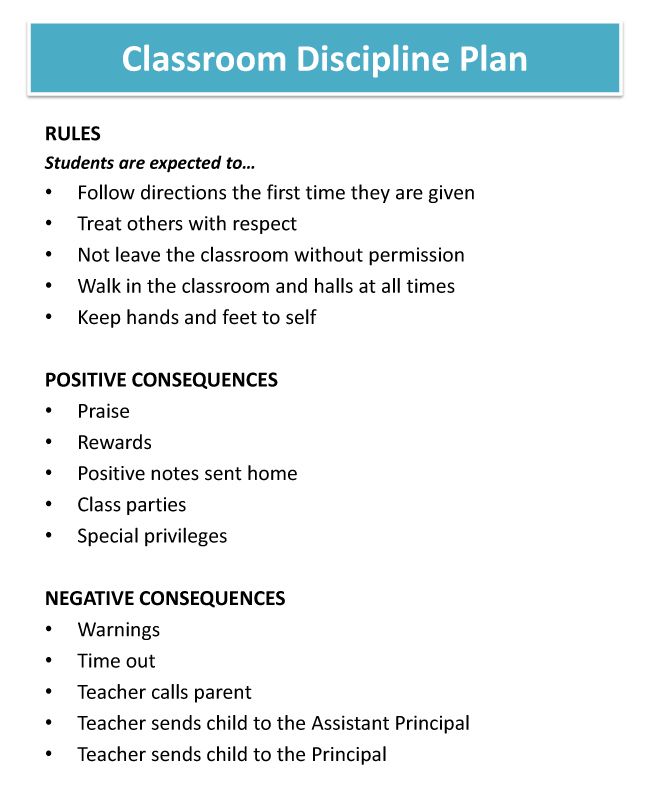 All other payments must be agreed with the parents and occur only under their supervision.
All other payments must be agreed with the parents and occur only under their supervision.
All services that accept money must have a green "https" icon next to the name. If there is no such icon, it is better not to use the page. However, even its presence does not give a 100% guarantee.
Often in VKontakte publics they offer to buy something using the Qiwi payment system. Here, too, you need to be vigilant and carefully study the reviews about the seller. There are many scammers in social networks who disappear after receiving money.
Verification of information is a rather complicated process, and even adults do not always cope with this. There are several formal indications that that you have landed on a “yellow” site that you should not trust unconditionally.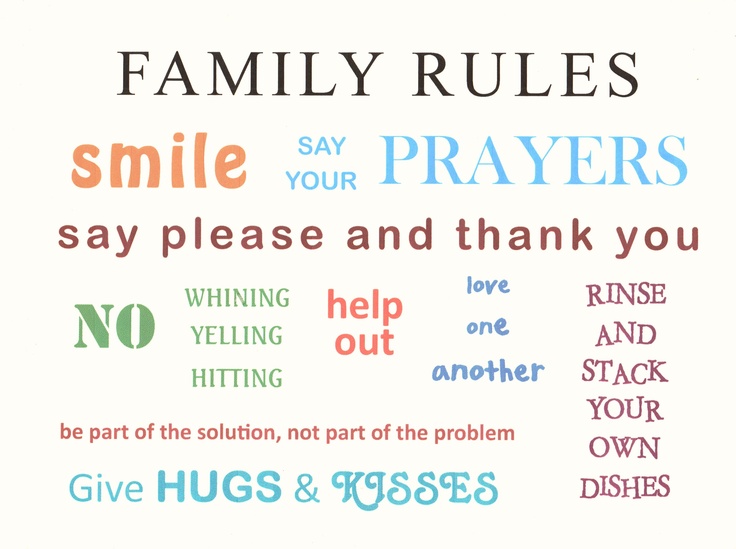 These are screaming headlines an abundance of advertising, or if the reader who clicked on the news is redirected somewhere further.
These are screaming headlines an abundance of advertising, or if the reader who clicked on the news is redirected somewhere further.
Checking information is a rather complicated process, and even adults do not always cope with this. There are several formal indications that that you have landed on a “yellow” site that you should not trust unconditionally. These are screaming headlines an abundance of advertising, or if the reader who clicked on the news is redirected somewhere further.
To verify the information you received on the Internet, follow these guidelines:
-
look for two or three more sources, preferably in other languages too;
-
find the original source and ask yourself the question: “Can it be trusted?”;
-
check if there are other opinions and facts on the web that refute or confirm what has been said.

If you need to find out some fact or find out what an incomprehensible term means, you can turn to Wikipedia. It is rare to find absolutely frank nonsense there, but you should not blindly trust an open digital encyclopedia: even it contains errors.
How reliable are storages like Mail.Ru Cloud, and is it safe to store documents there?
How reliable are storages like Mail.Ru Cloud, and can you safely store documents there?
Experts say that cloud storage can be secured, if you first encrypt documents using PGP or use a program to create an archive, placing scanned documents into it.
When creating an archive, you need to specify the "solid archive" option and put a good password on this archive.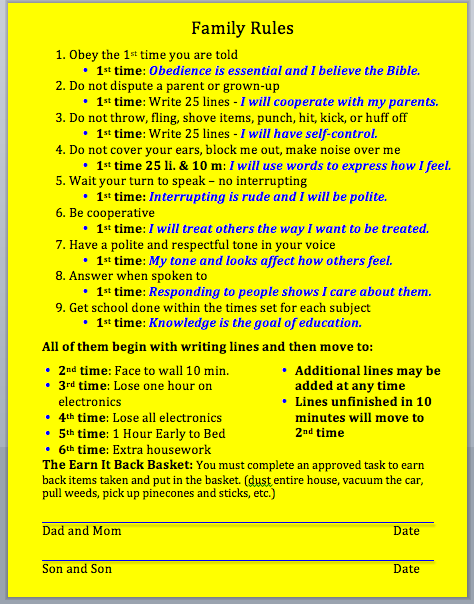 9G!*OUH*&GYUIHJK)".
9G!*OUH*&GYUIHJK)".
Or at least this: “stood in the #field123”.
It is not recommended to use the same password for different archives.
Mankind is just learning to communicate on the Net, but the rules of good manners here are no different from those to be observed in the real world. Do not insult others, do not be intrusive, do not let your negative emotions get out of hand, write correctly.
Mankind is just learning to communicate on the Net, but the rules of good manners here are no different from those to be observed in the real world. Do not insult others, do not be intrusive, do not let your negative emotions get out of hand, write correctly.
As in life, on the Web we have to be in different communities, and the rules of communication may differ.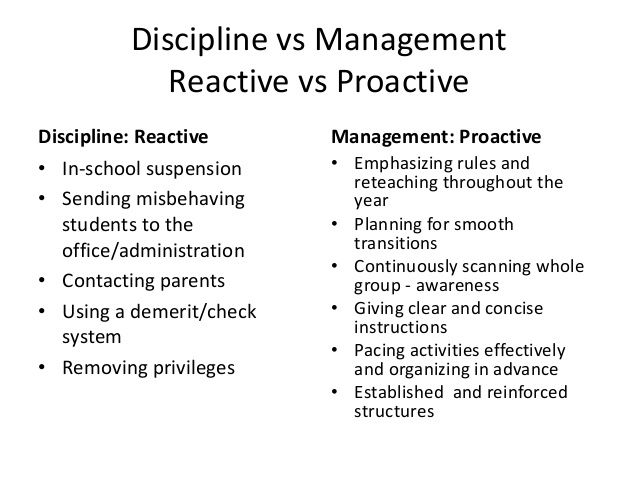 A polite person, having got into an unfamiliar society, first of all will try to find out its features. Somewhere it is customary to communicate on "you", and somewhere - on "you", Somewhere emoticons are appropriate, but somewhere they are not. There are companies where the use of network slang is encouraged, and there are those where they simply will not understand him or consider you illiterate.
A polite person, having got into an unfamiliar society, first of all will try to find out its features. Somewhere it is customary to communicate on "you", and somewhere - on "you", Somewhere emoticons are appropriate, but somewhere they are not. There are companies where the use of network slang is encouraged, and there are those where they simply will not understand him or consider you illiterate.
However, there are rules that are relevant for any community:
-
do not draw attention to yourself by shocking;
-
do not deviate from the topic of conversation: "flood" is considered one of the main "sins" on the Web;
-
do not ignore the interlocutor's questions, except for obvious trolling or insults - such a conversation must be stopped immediately;
-
never engage in bullying: online bullying is no different from the real one and is equally dangerous for both the victim and the aggressor.
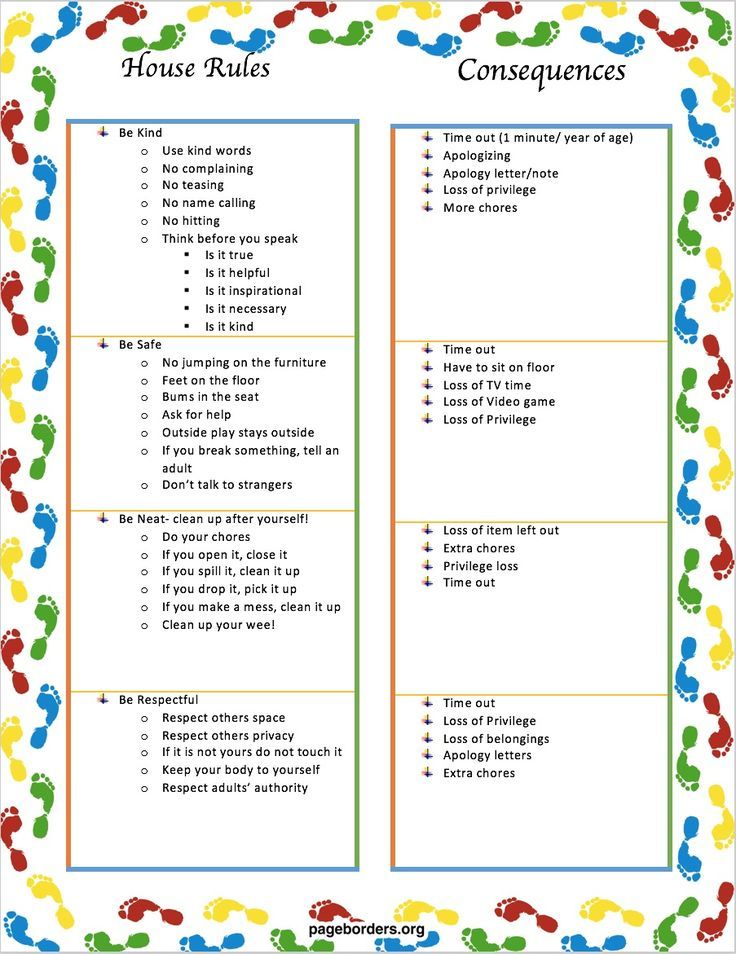
No need to do anything on the Internet, whatever you would do in the physical world. The difference between virtual and reality is minimal.
No need to do anything online whatever you would do in the physical world. The difference between virtual and reality is minimal.
As for parental behavior, it should also not differ on the Web from offline behavior. It is impossible to achieve obedience from a child through prohibitions and strict control. However, there should not be a feeling of permissiveness on the Internet either. Together, learn to lead a safe lifestyle, both real and virtual.
Rules of conduct in case of an earthquake - Recommendations to the population - Main Directorate of the Ministry of Emergency Situations of Russia for the Republic of North Ossetia
EARTHQUAKES are earth tremors and vibrations of the earth's surface resulting from sudden displacements and ruptures in the earth's crust or upper mantle and transmitted over long distances in the form of elastic vibrations.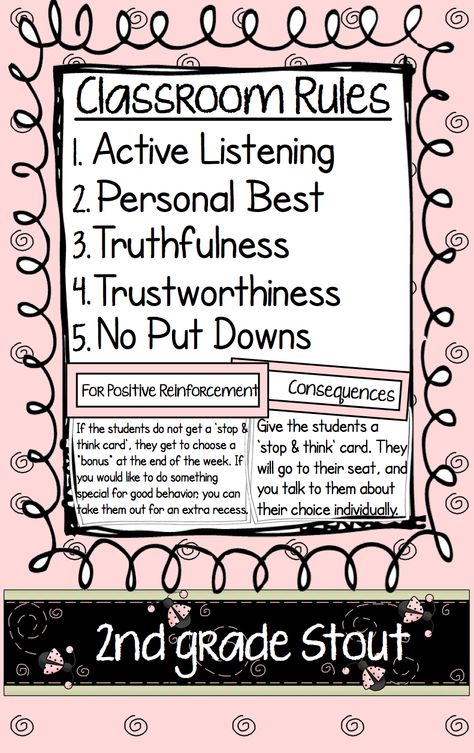 The point in the earth's crust from which seismic waves radiate is called the hypocenter of an earthquake . The place on the earth's surface above the hypocenter of the earthquake by the shortest distance is called epicenter .
The point in the earth's crust from which seismic waves radiate is called the hypocenter of an earthquake . The place on the earth's surface above the hypocenter of the earthquake by the shortest distance is called epicenter .
The intensity of an earthquake is estimated on a 12-point seismic scale (MSK-86), magnitude is used for energy classification of earthquakes. Conventionally, earthquakes are divided into weak (1-4 points), strong (5-7 points) and destructive (8 or more points).
During earthquakes, glasses break and fly out, objects lying on them fall from shelves, bookcases stagger, chandeliers sway, whitewash falls from the ceiling, and cracks appear in walls and ceilings. All this is accompanied by a deafening noise. After 10-20 seconds of shaking, tremors intensify, resulting in the destruction of buildings and structures. Just a dozen strong shaking destroys the entire building. On average, an earthquake lasts 5-20 s.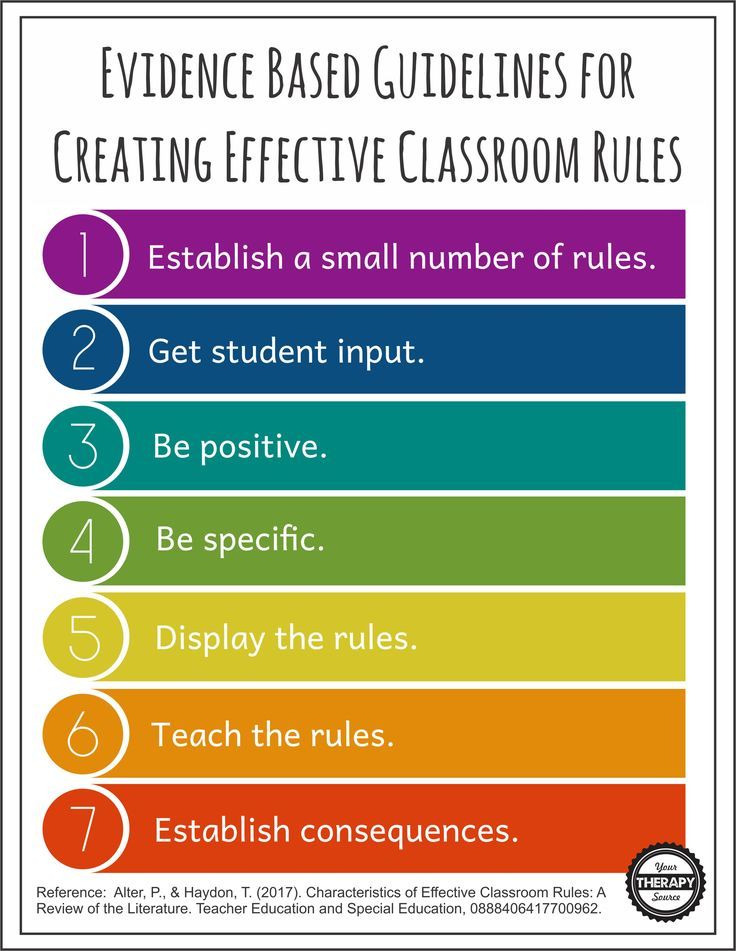 The longer the concussions last, the more severe the damage.
The longer the concussions last, the more severe the damage.
HOW TO PREPARE FOR AN EARTHQUAKE
Plan ahead for an earthquake when you are at home, at work, at the cinema, theater, on transport and on the street. Explain to your family members what they should do during an earthquake and educate them on first aid.
Keep documents, money, flashlight and spare batteries handy.
Keep a supply of drinking water and canned food at home for several days.
Move beds away from windows and exterior walls. Fasten cabinets, shelves and racks in the apartments, and remove heavy objects from the upper shelves and mezzanines.
Store hazardous substances (poisonous chemicals, flammable liquids) in a safe, well-insulated place.
All residents should know where the main gas and water taps are, so that if necessary, turn off electricity, gas and water.
WHAT TO DO IN AN EARTHQUAKE
Feeling the vibrations of the building, seeing the swaying of lamps, falling objects, hearing the growing rumble and the sound of breaking glass, do not panic (from the moment you feel the first tremors to vibrations dangerous for the building, you have 15 - 20 seconds).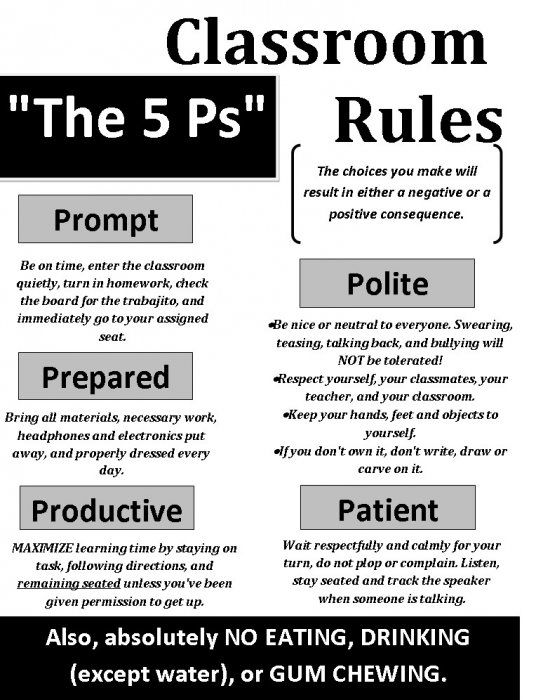 Quickly exit the building, taking documents, money and essentials. When leaving the room, go down the stairs, not the elevator. Once on the street - stay there, but do not stand near buildings, but move to an open space.
Quickly exit the building, taking documents, money and essentials. When leaving the room, go down the stairs, not the elevator. Once on the street - stay there, but do not stand near buildings, but move to an open space.
Remain calm and try to calm others! If you are forced to stay indoors, then stand in a safe place: against an internal wall, in a corner, in an internal wall opening, or at a bearing support. If possible, hide under a table - it will protect you from falling objects and debris. Stay away from windows and heavy furniture. If you have children with you, cover them with yourself.
Do not use candles, matches, lighters - gas leakage may cause fire. Stay away from overhanging balconies, cornices, parapets, beware of broken wires. If you are in a vehicle, stay out in the open but do not leave the vehicle until the jolt has stopped. Be ready to help in saving others.
WHAT TO DO AFTER AN EARTHQUAKE
Provide first aid to those in need.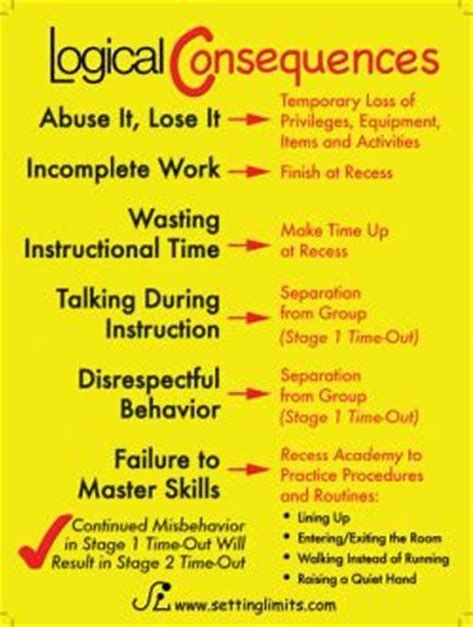
Free those caught in easily cleared blockages.
Be careful! Ensure the safety of children, the sick, the elderly. Calm them down. Don't pick up the phone unless absolutely necessary. Turn on the radio. Obey the instructions of the local authorities, the headquarters for the aftermath of a natural disaster.
Check wiring for damage. Repair the problem or turn off the electricity in the apartment. Remember that in case of a strong earthquake, the electricity in the city is turned off automatically.
Check for damage to the gas and water pipes. Troubleshoot or disconnect networks. Do not use open fire. Going down the stairs, be careful, make sure it is strong.
Stay away from visibly damaged buildings, do not enter them. Be prepared for strong aftershocks, as the first 2-3 hours after an earthquake are the most dangerous. Do not enter buildings unless absolutely necessary. Do not make up or pass on any rumors about possible aftershocks. Use official information.